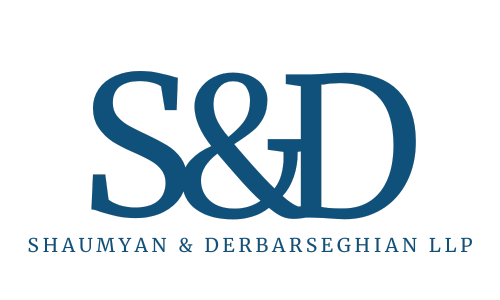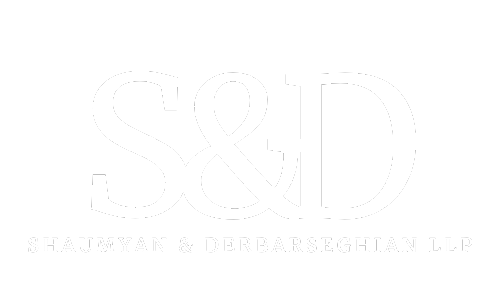Learn About the Law
- All
- Business Litigation
- Employment Law
- Insurance Coverage
- Personal Injury
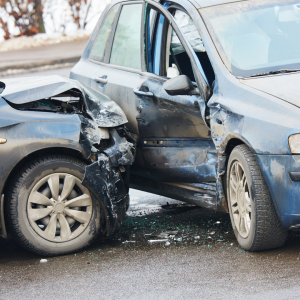
A car accident can change your life in an instant — physically, emotionally, and financially. But once the dust settles, the clock starts ticking. And in California, that clock is your statute of limitations.
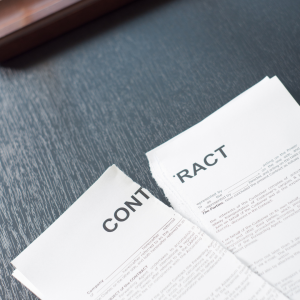
A business partnership can be a powerful force when both parties are aligned and committed to the same goals. But when a partner violates your agreement or acts in bad faith, the fallout can be financially and emotionally devastating.

A car accident can turn an ordinary day into one of confusion, fear, and costly consequences. While it’s natural to feel overwhelmed in the aftermath of a crash, the steps you take—or fail to take—can significantly impact your health, finances, and legal rights. At Shaumyan & Derbarseghian, LLP, we've helped countless clients recover from car accidents, and we've seen the same avoidable mistakes again and again. This blog...

In an era where inflation and cost of living dominate headlines, minimum wage debates are more relevant than ever. In November 2024, California voters were presented with Proposition 32, a ballot initiative that proposed raising the state’s minimum wage to $18 per hour by 2026. Supporters saw it as a lifeline for struggling workers. Opponents feared economic ripple effects for small businesses. The proposition was narrowly defeated, but...

Live music, food trucks, friends, and unforgettable energy—concerts and music festivals are meant to be a celebration. But as recent headlines have shown, they can quickly become scenes of chaos and tragedy. From trampling incidents to stage collapses and negligent security, personal injuries at concerts are on the rise. If you or someone you love has been hurt at a festival, you might be wondering: who is responsible?
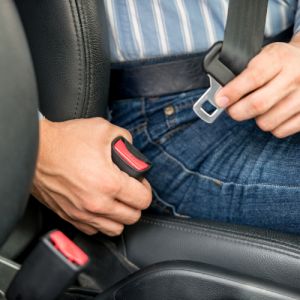
If you were injured in a car accident but weren’t wearing a seatbelt, you may be wondering if you can still pursue compensation for your injuries. The short answer is: yes, you may still be able to file a personal injury claim in California—but your compensation could be reduced.
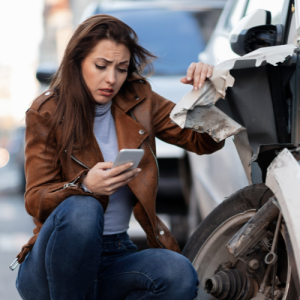
When you're involved in a car accident, it's already a stressful and potentially traumatic experience. But when the other driver flees the scene—leaving you injured, confused, and without answers—it can feel even more devastating. Unfortunately, hit-and-run accidents are far too common in California, particularly in high-traffic areas like Los Angeles and the surrounding counties.

California labor law is among the most employee-friendly in the nation—and for good reason. Workers are entitled to more than just fair pay; they deserve proper rest during their shifts. That’s why meal and rest break laws are a major part of California’s wage and hour regulations. But not everyone follows the rules.

In the fast-paced world of business, contracts serve as the foundation for virtually every transaction and professional relationship. Whether you’re a small business owner, corporate executive, or independent contractor, understanding California’s Business and Professions Code and how it governs contracts is not optional—it’s essential.

Losing a job is a stressful and overwhelming experience, but when it happens unfairly, it’s even worse. Many employees assume that if they were fired, their employer must have had a good reason. However, the reality is that many terminations are unlawful—but employers don’t want you to know that.
